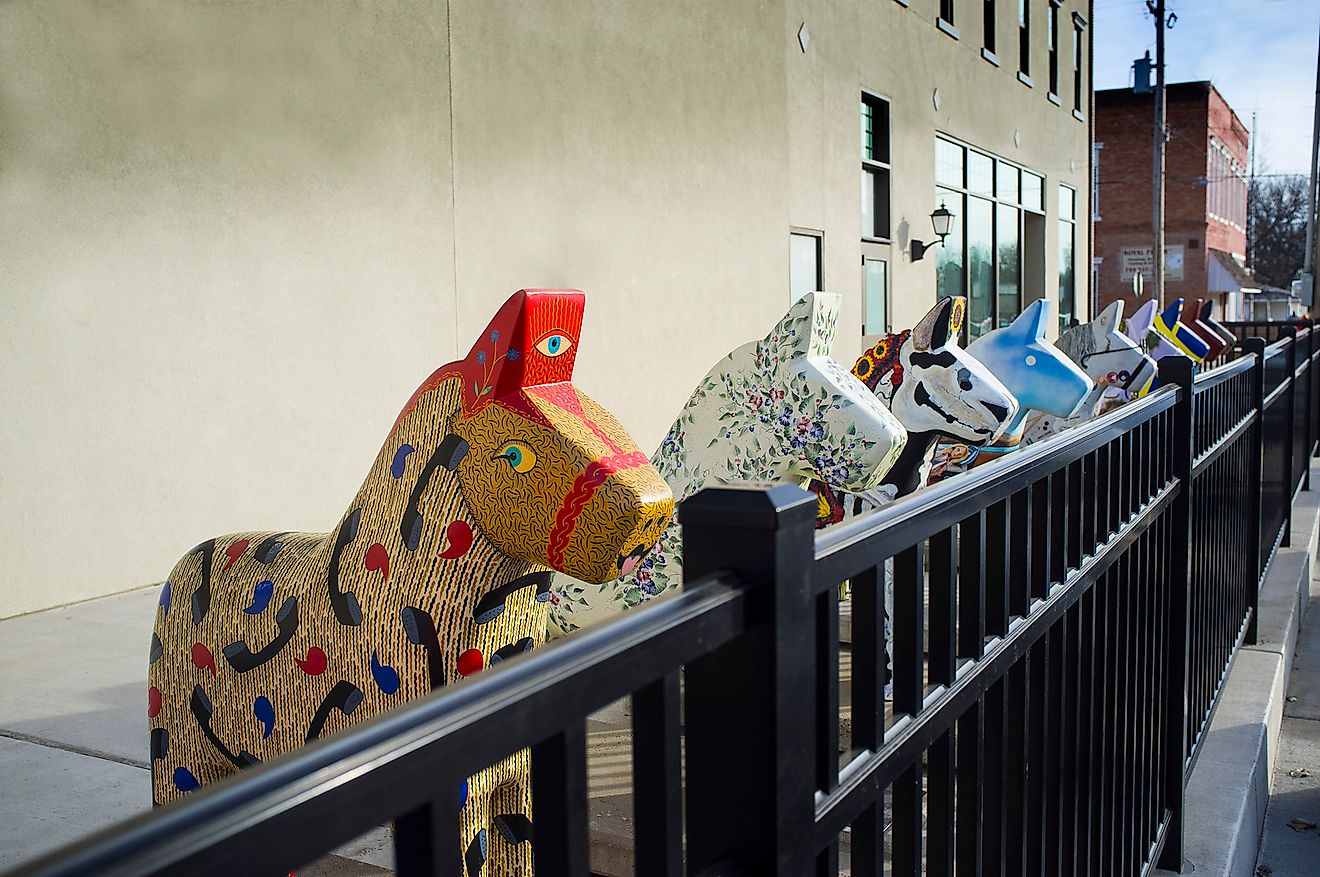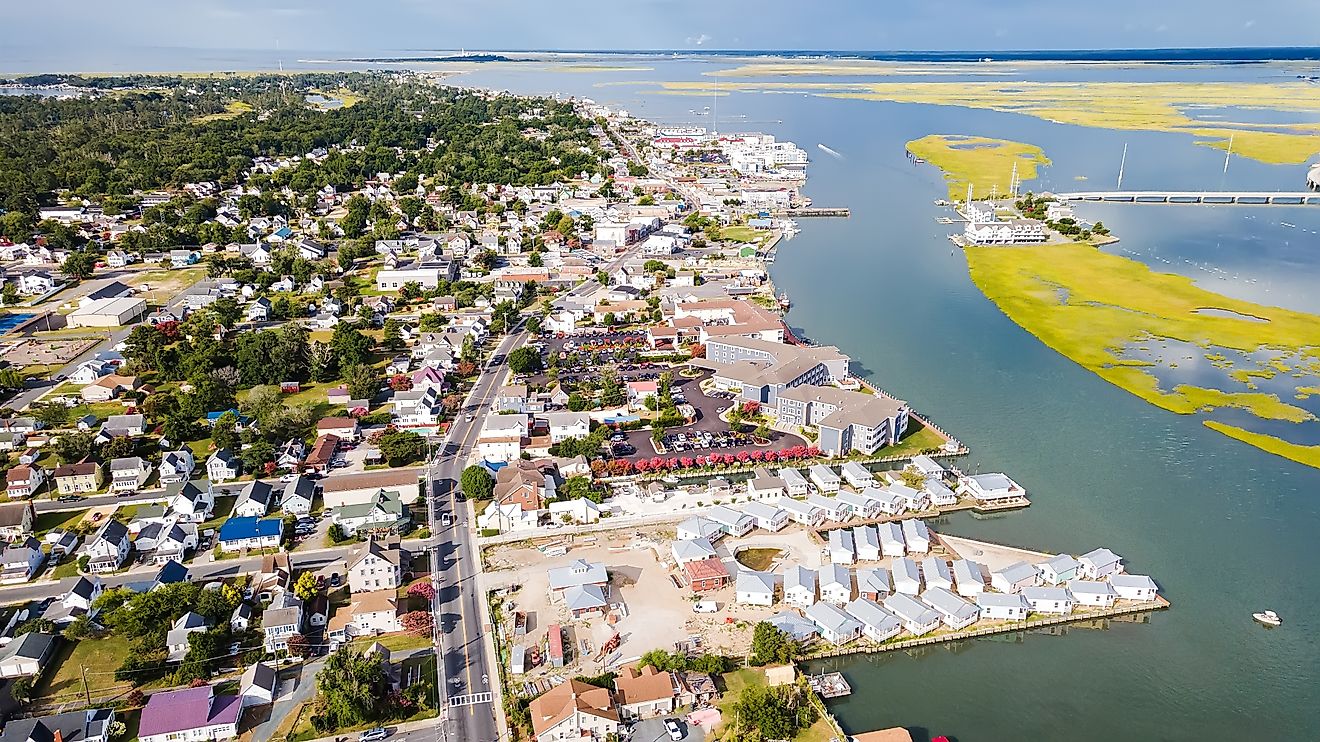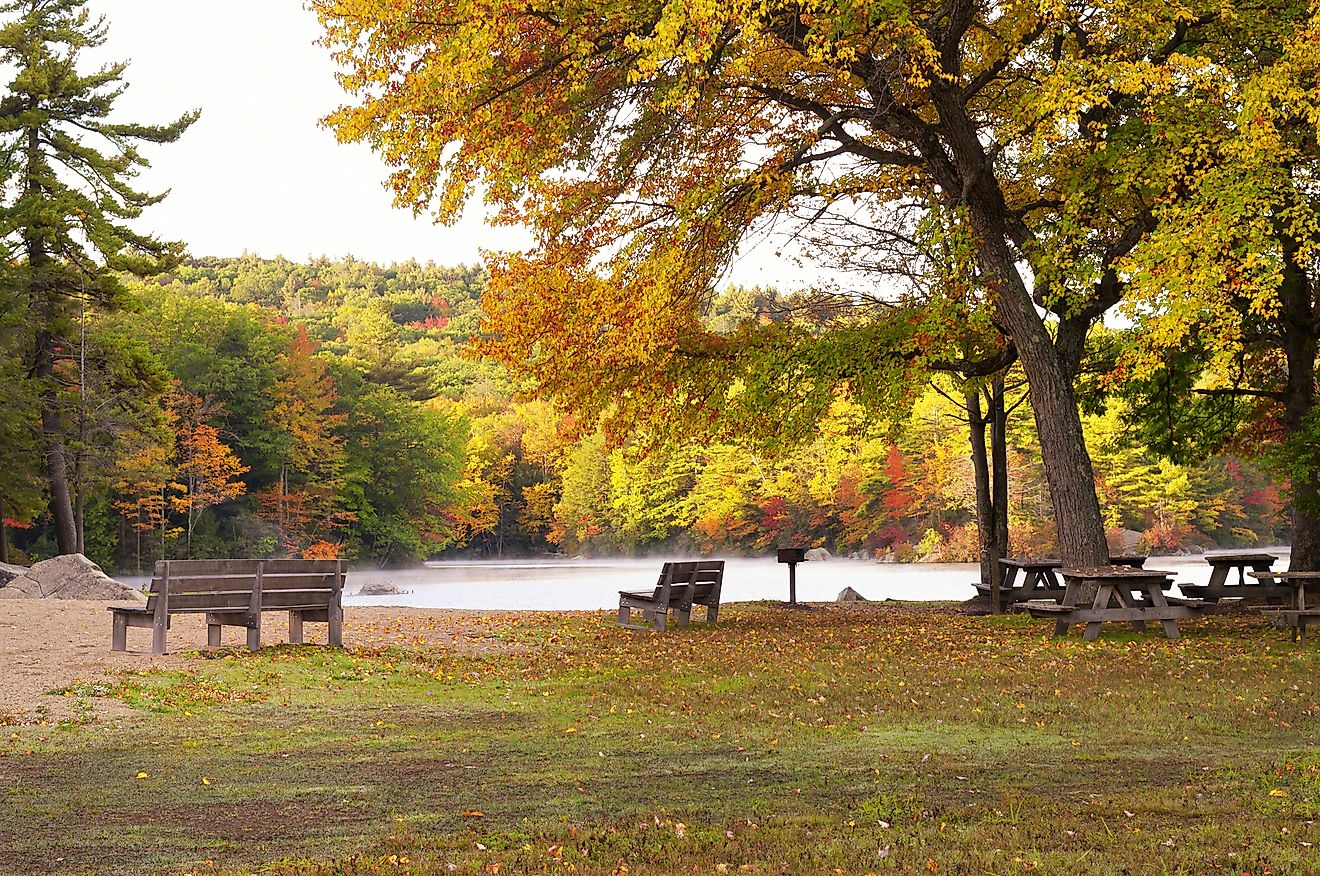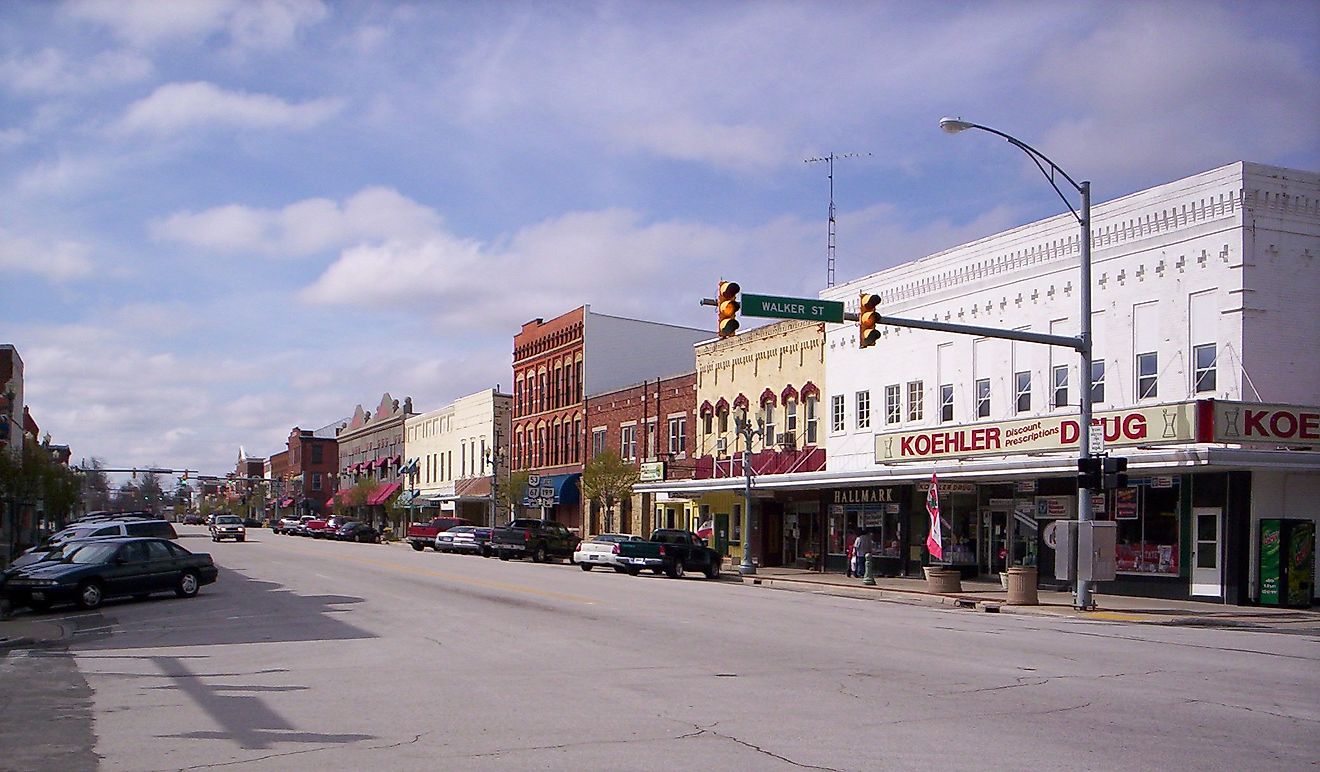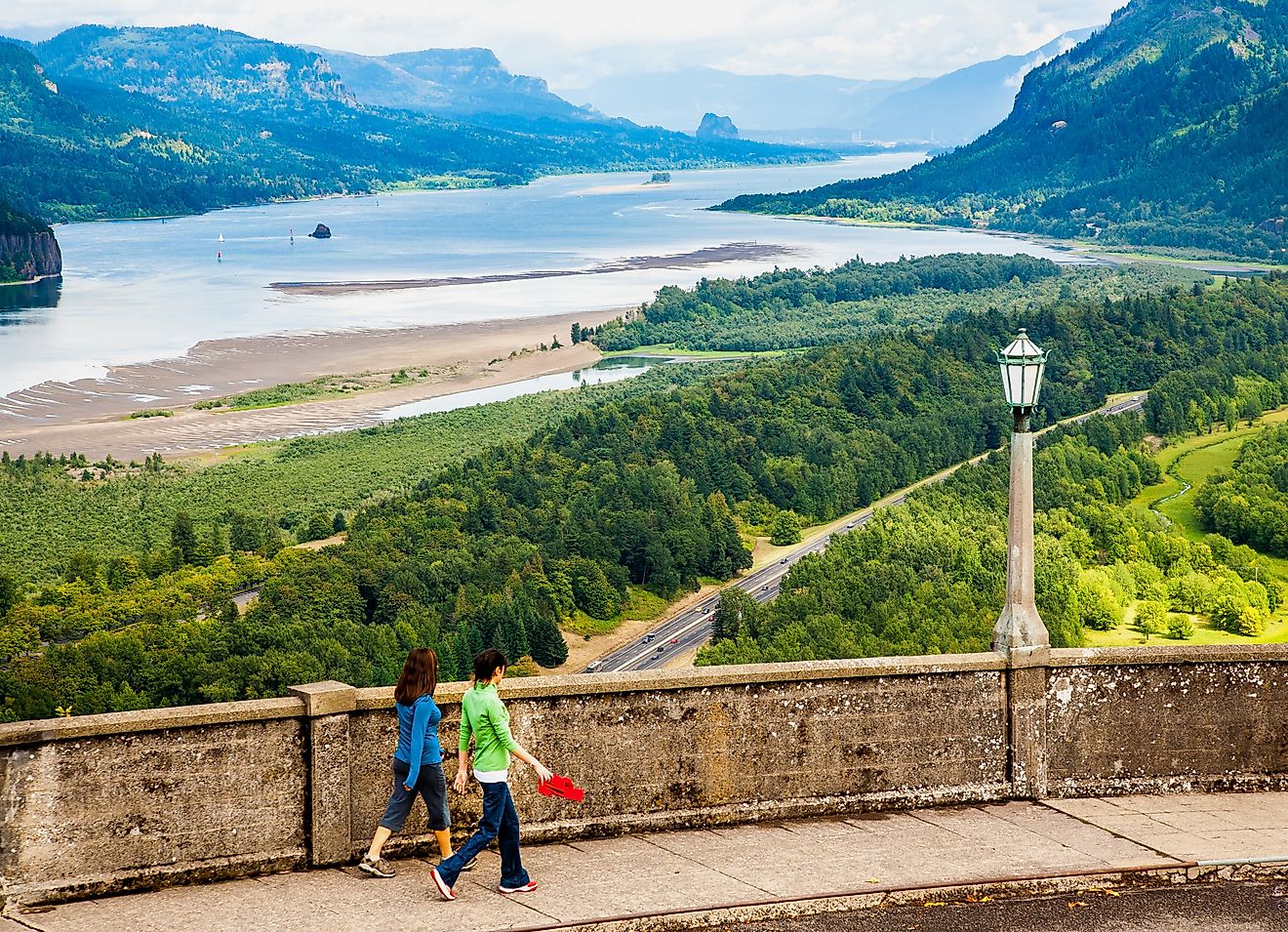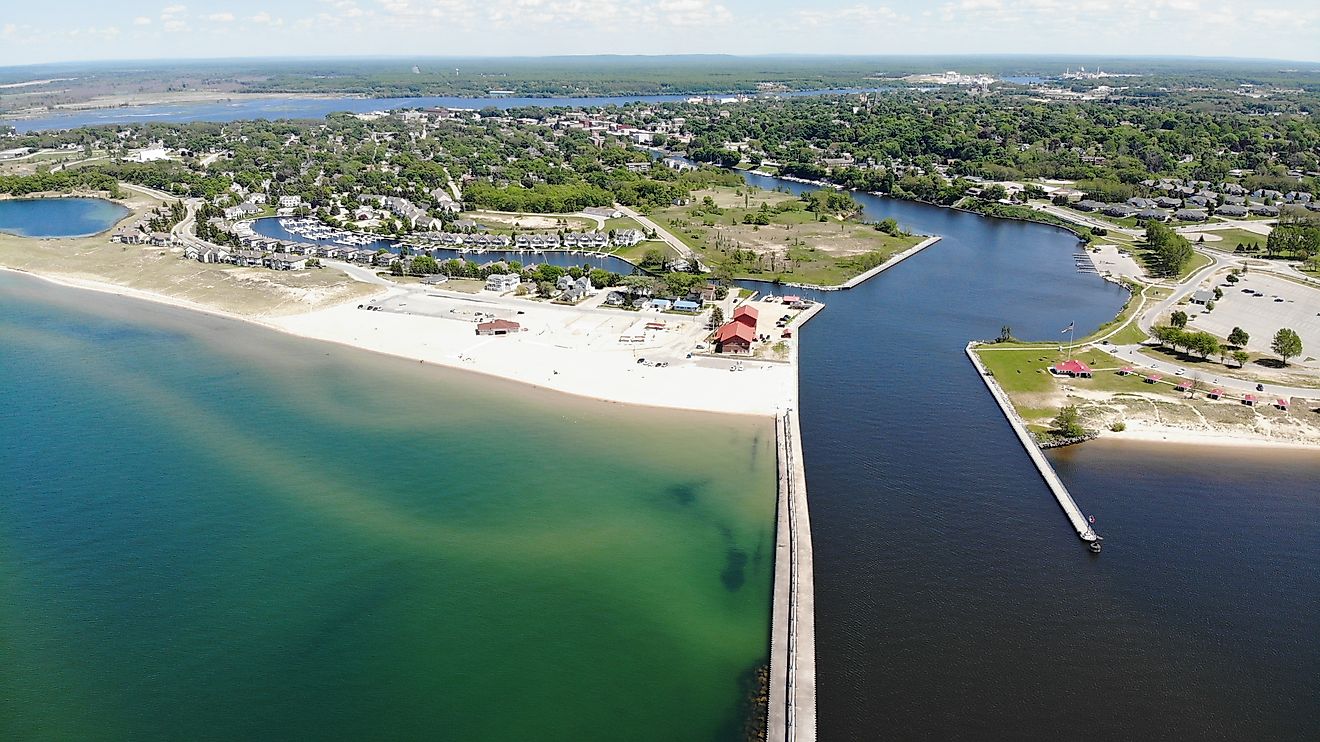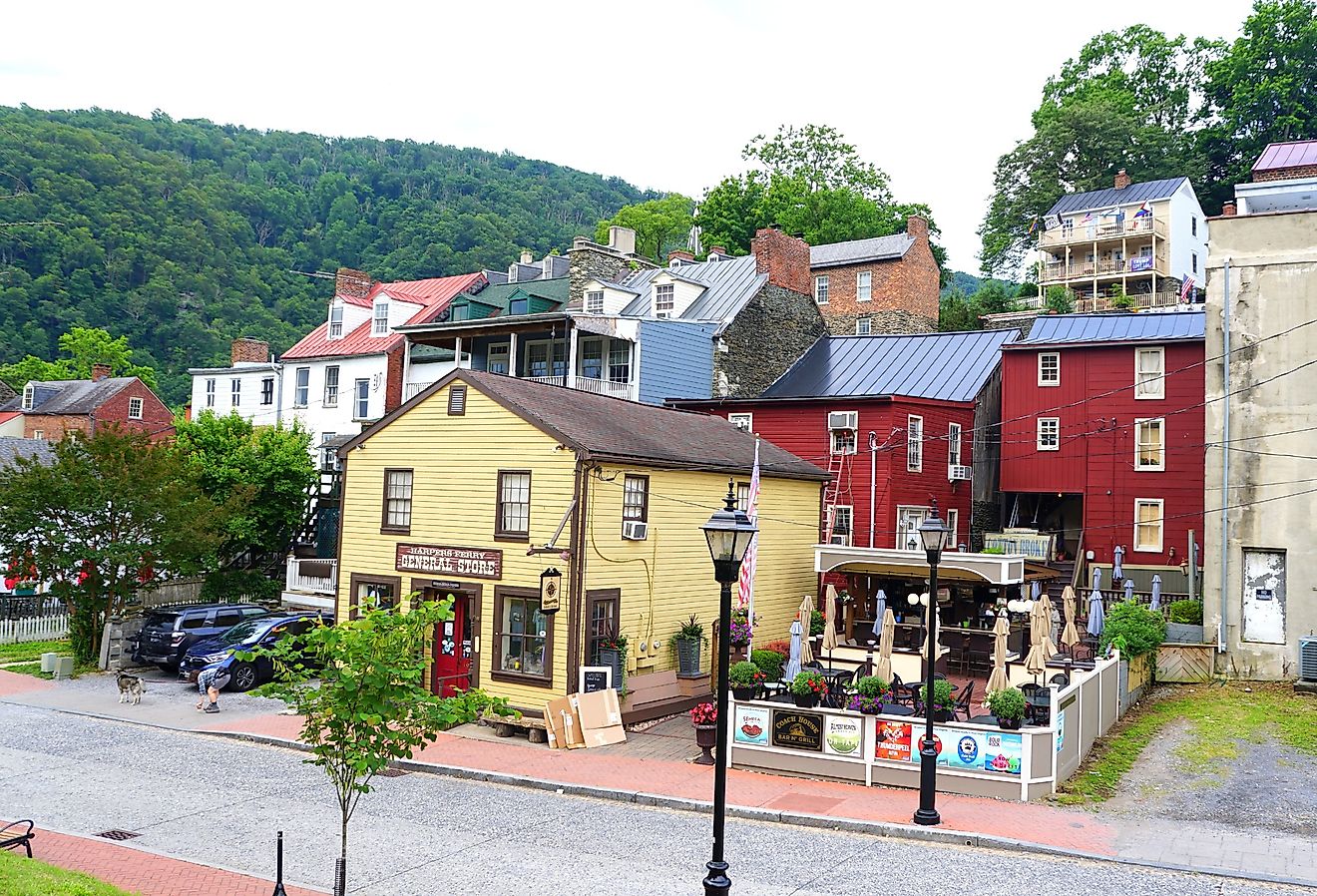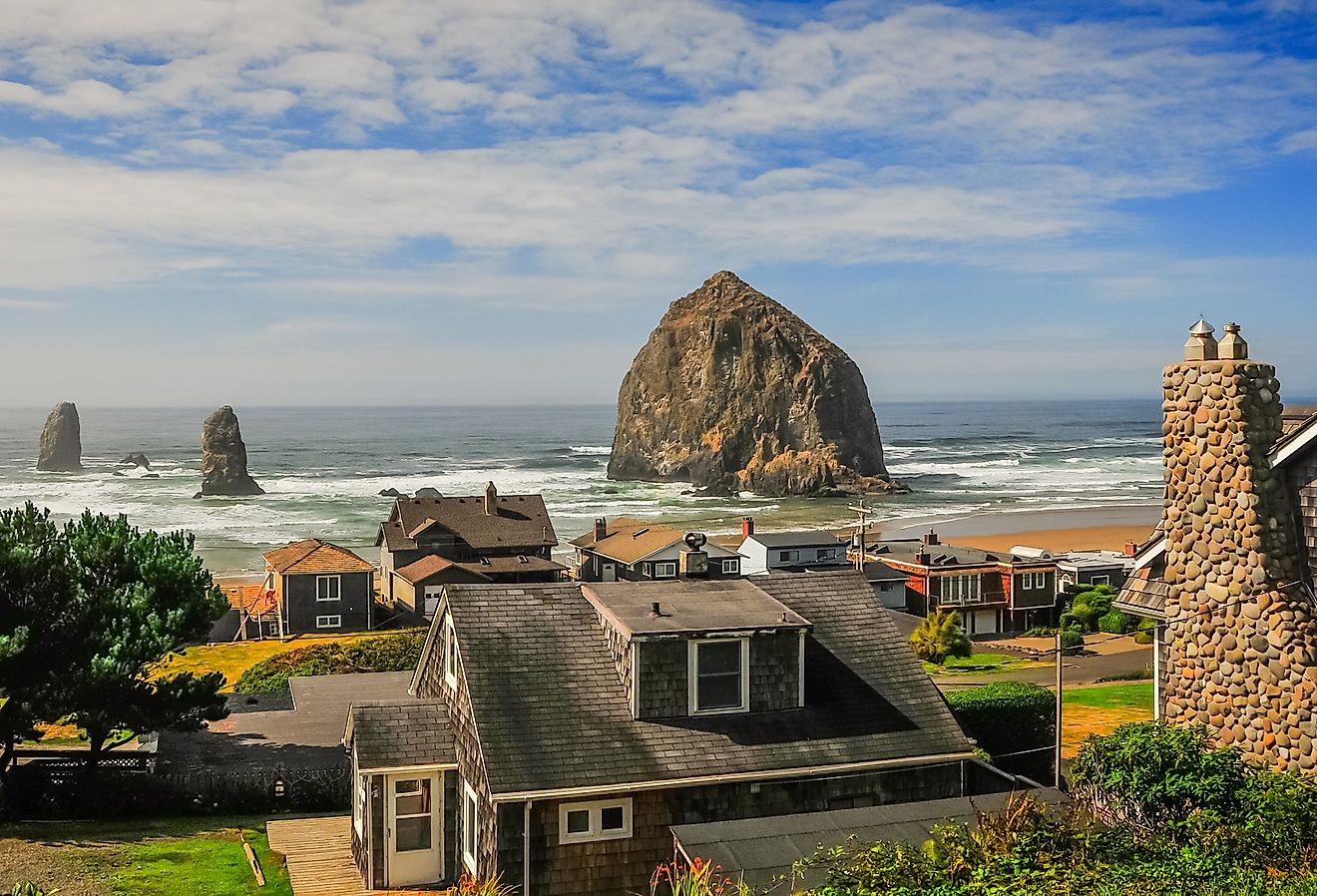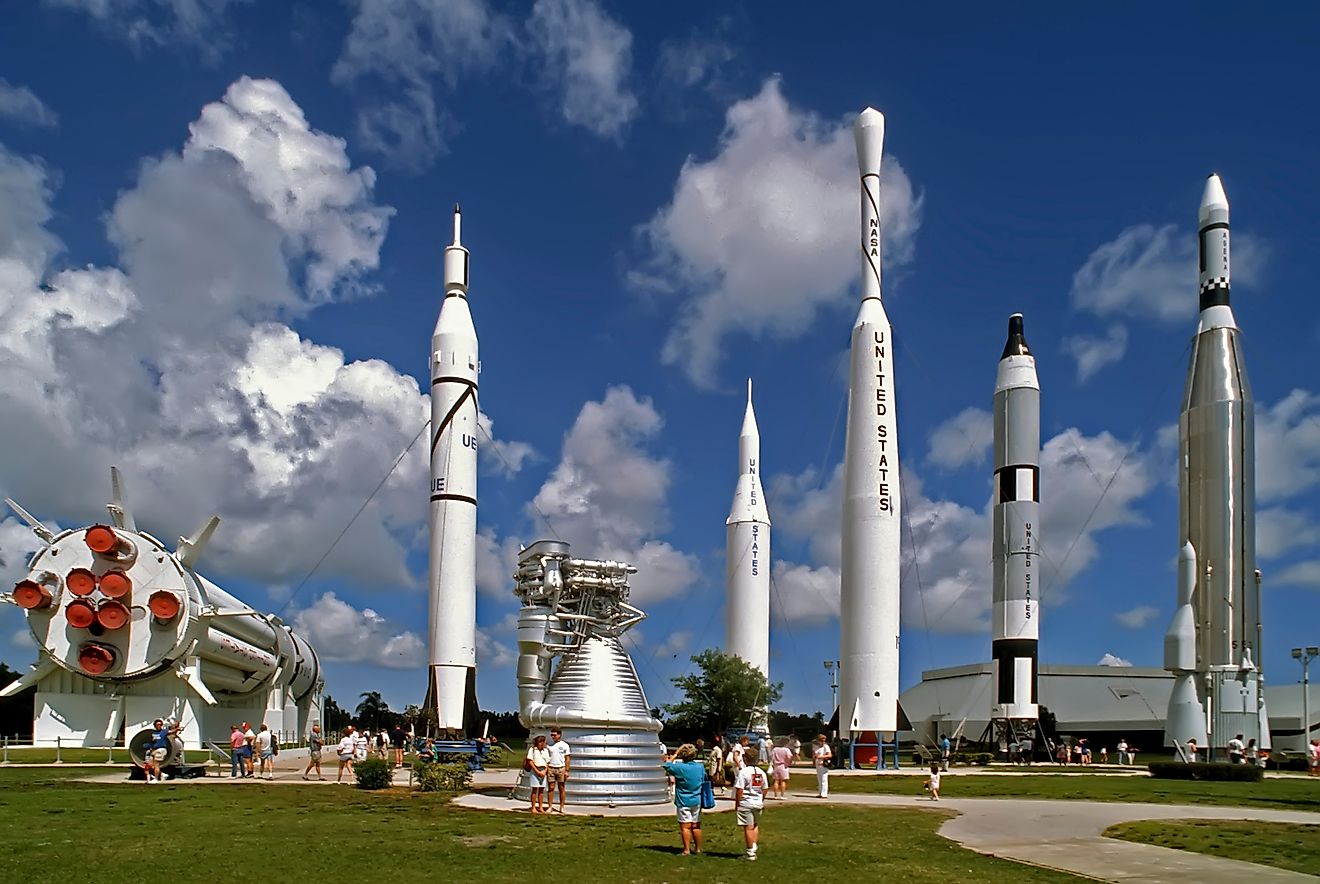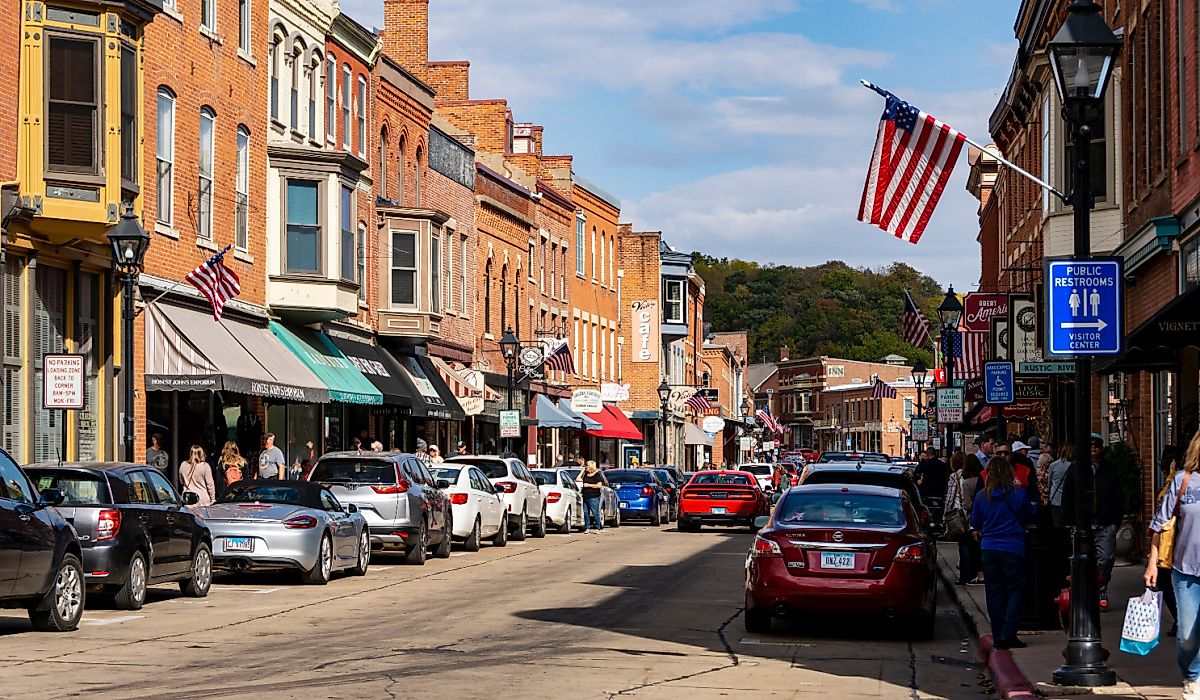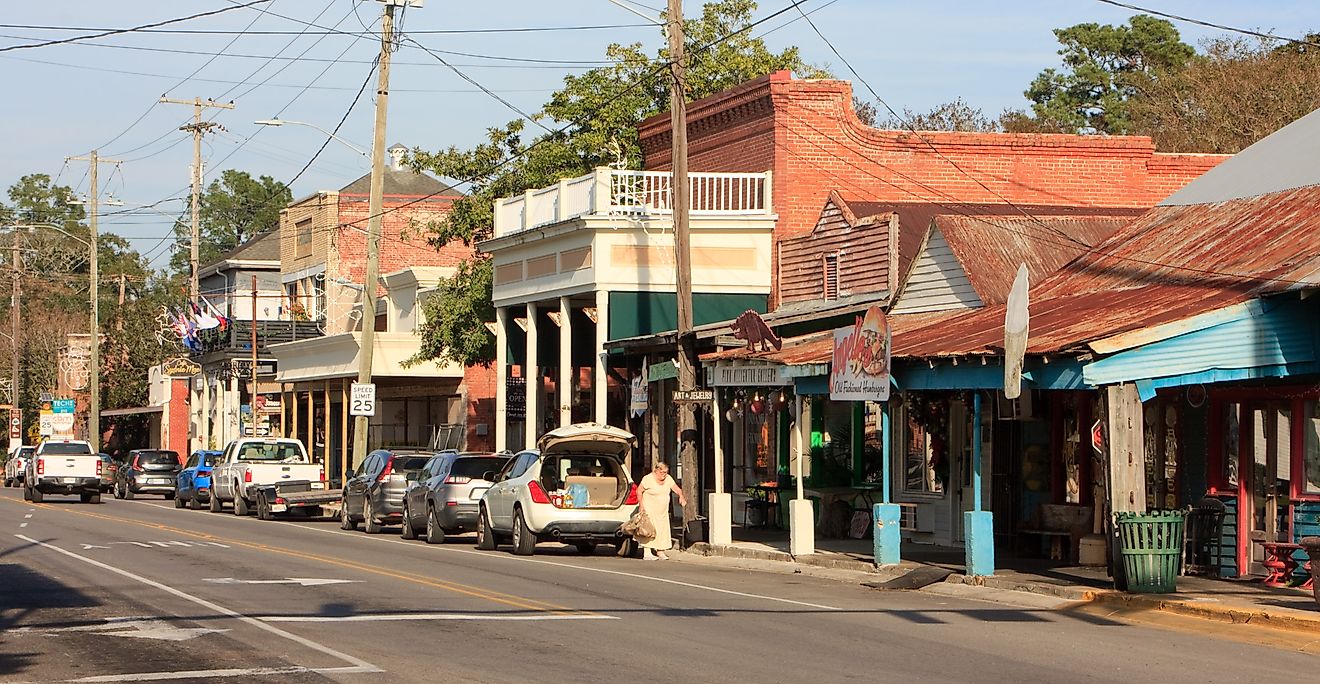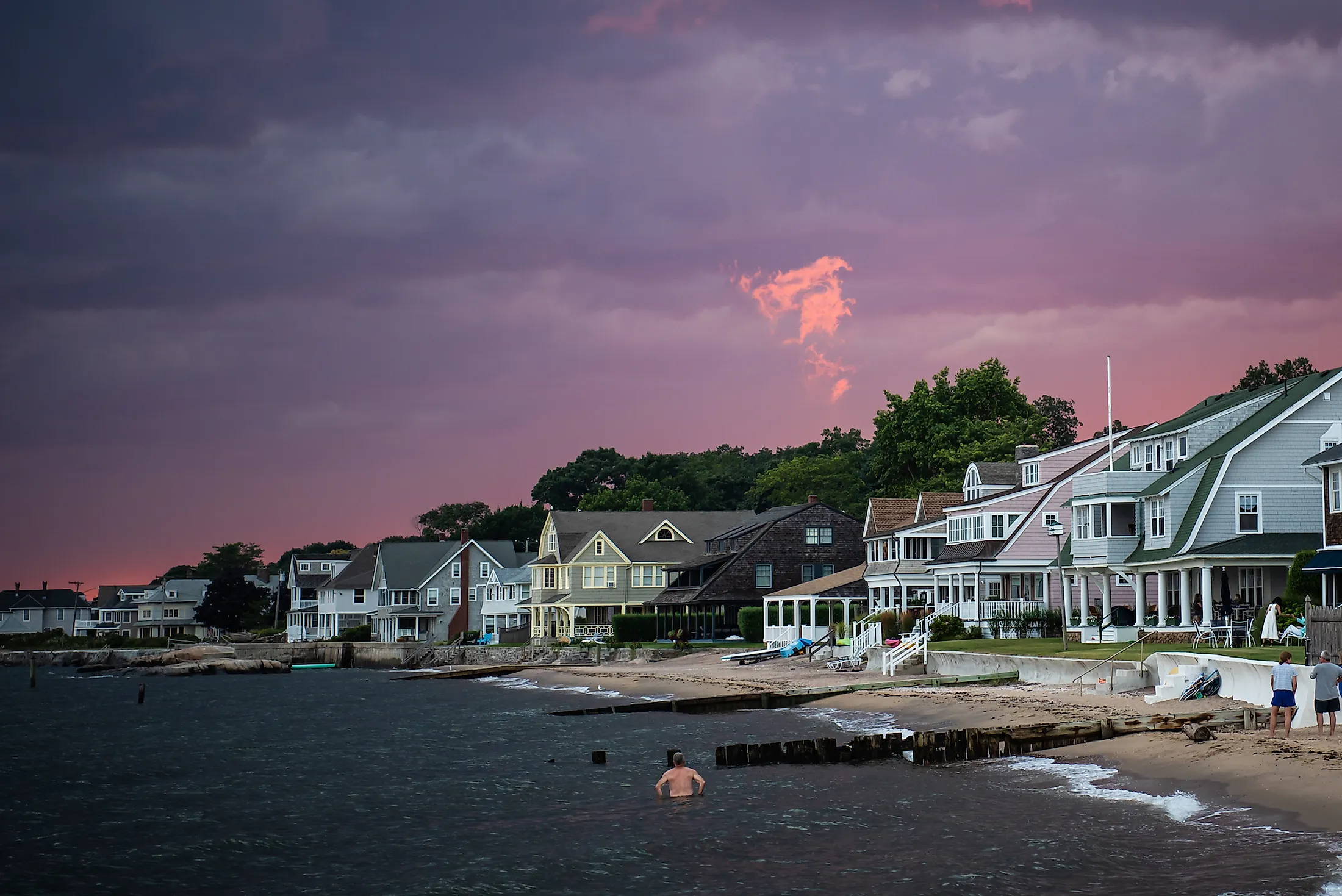
Madison, Connecticut
Located in New Haven County's southeast corner, Madison occupies a central spot on the state of Connecticut's Long Island Sound shore. With a modest population of just under 18,000 (according to 2020 census numbers), this once agricultural town is a popular seasonal resort settlement, with roots in the 17th century and a short 50-minute drive from the state capital of Hartford.
Geography And Climate Of Madison
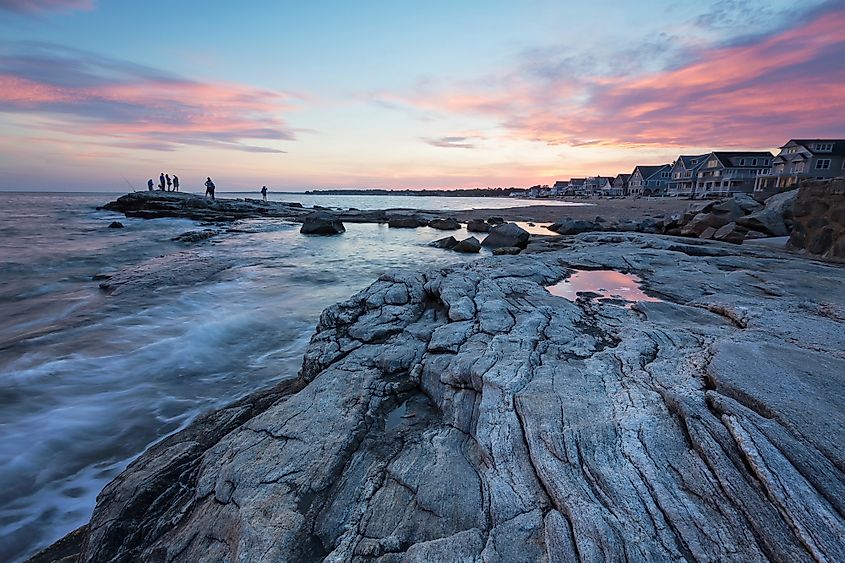
Madison has a total land area of 95.3 square kilometers and is bordered by the towns of Durham to the North, Guilford to the West, and Killingworth and Clinton to the east. Its southern border is flanked by the shore of the Long Island Sound.
Partly cloudy year-round, Madison's summers are humid and warm, while winters are cold and snowy. According to local guides and meteorologists, the best time for visitors to come to Madison is between June and September.
The warm summer season lasts from June to mid-September, with average daily highs around 23 C. July is typically the hottest month, with temperatures as high as 27 C. Winters in Madison last from December to approximately the middle of March, with highs of only 8 C. In January, the coldest month, lows are on average -4 C and highs are around 3 C.Except for snowfall in the winter, the town does not experience great amounts of precipitation. May is considered the wettest month, with rainfall arriving on average 9 out of 31 days, with a peak probability of 32% on May 31st.
History Of Madison
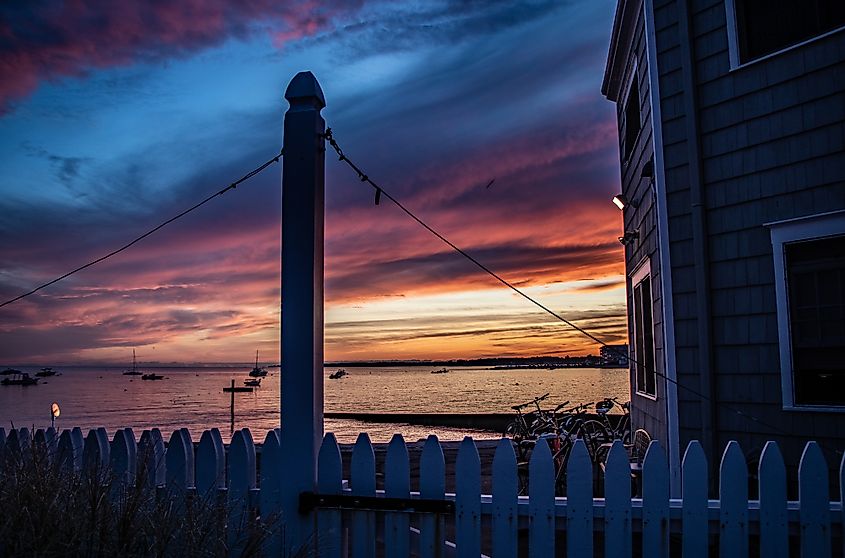
The site, now known as Madison, was purchased from the Native American Nehantic and Mohegan people in 1641 and was initially known as East Guilford for nearly 200 years. The population, initially of English colonial settlers and later of newly created Americans following the Revolutionary War, built a diverse economy in the town. A center for shipping, shipbuilding, farming, fishing, and even crayon manufacturing, Connecticut's entry into the Union in 1788, East Guilford was a leading industrial spot for the small state.
In 1826, the town was formally incorporated, and it was renamed Madison to honor the Founding Father and the 4th President, James Madison. Madison became a mostly residential town as the shipping and shipbuilding industry declined in the late 19th century. Its economy shifted to one of tourism with the introduction of seasonal cottages and other resorts, which continue to have prominence today.
But life changed rapidly in Madison in the 20th century, as new roads were built and paved, and the introduction of automobiles further modernized this once agricultural and farming town. New hotels and weekend cottages continued to spring up, taking advantage of the area's pleasant climate.
Soon, buildings like the Madison Airdome, the town's first movie theatre, and the skyscraper Monroe Building helped give the town a big city feel while maintaining a quaint anytown USA atmosphere. With the construction of the Connecticut Turnpike in 1958, access to major urban centers became easier, while motorists were also able to come into Madison for a quiet retreat with greater facility.
Madison's population grew rapidly in the immediate period following the Turnpike's opening. Between 1960 and 1970, the town's resident population jumped from 4,500 to just under 10,000. From a shipbuilding and farming community to a steadily growing residential and tourist town, Madison is a prime example of a mid-size American town near larger cities.
Attractions In Madison
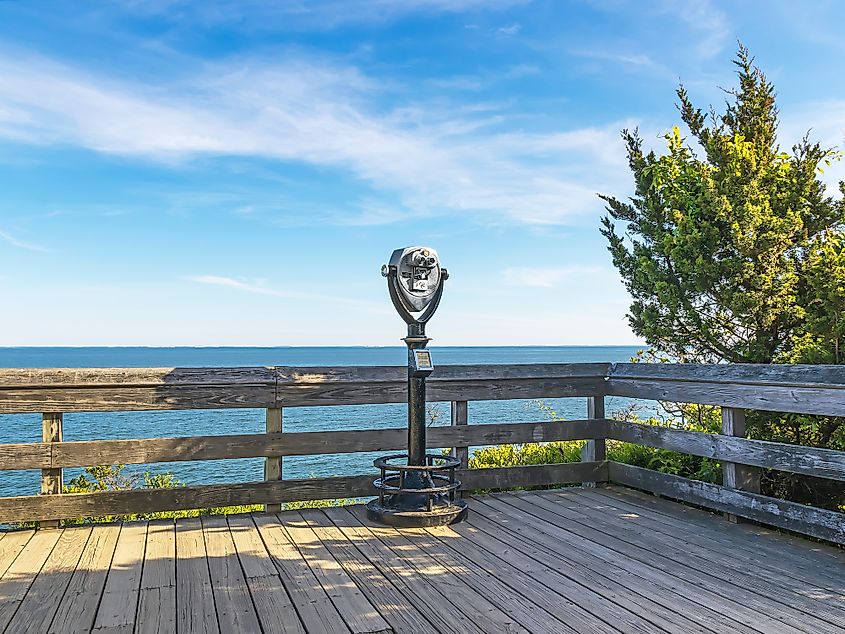
The longest public beach in Connecticut, the Hammonasset Beach State Park, is Madison's most popular attraction, with a fishing pier, campsites, picnic areas, and plenty of beaches. Established in 1919, the Park is a bustling spot in the summertime, often causing traffic jams.
Surf Club Beach is another major summer favorite in town, which includes several recreational facilities for volleyball, baseball, basketball, and even horseshoe throwing. Picnic sites and playgrounds round out the grounds, while the adventuresome can enjoy sailboat and kayak rentals.
The Meigs Point Nature Centre will satisfy the nature-inclined visitor with an assortment of turtles, fish, snakes, and other amphibians on display. For children, exciting programs like bird walks, science experiments, and other day camps make a visit to the Nature Centre a fun stopover.Movie lovers will not want to miss the historic Madison Art Cinema, constructed in 1912; with screenings of independent and domestic movies, community events are also hosted at the venue throughout the year. Though over a century old, the theatre has been modernized through the years and now includes digital projectors and surround sound, giving spectators a mix of old-fashioned and 21st-century movie-going.
Finally, shoppers will find their happy place at the Clinton Crossing Premium Outlet Mall. Renowned brand name outlets like Ralph Lauren, Saks Fifth Avenue, Calvin Klein, Michael Kors, and more can be found at this one-stop shopping destination. On the way out (or maybe even before starting your shopping day), be sure to stop at Ben & Jerry's Ice Cream shop to indulge in a world-famous scoop or two of glacial goodness.
In addition to several other local museums commemorating various aspects of Madison's history through the centuries, visitors to this small town will get a perfect snapshot of Connecticut life, away from the urban metropolises. From an agricultural and shipbuilding community in the 17th century to a modestly growing tourist town in the 20th century and onwards, Madison represents middle-class America's charming qualities.
